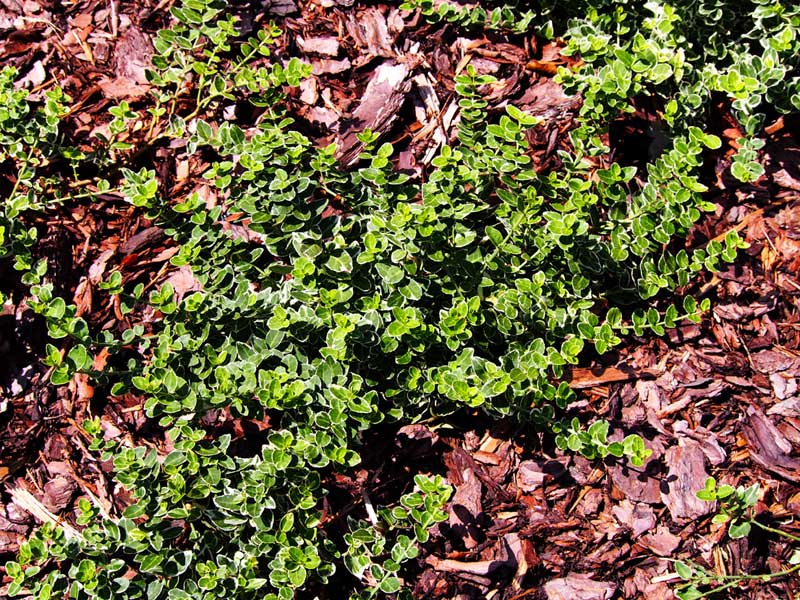Branden Throgmorton of Franklin, Indiana, about 20 miles from Indianapolis, is a newcomer to the Mossy Oak GameKeeper ProStaff, joining the team about a year ago.
I think that landowners and people who lease land for hunting often overlook the value of the Fish and Wildlife Departments in their states and those departments’ abilities to assist them with information about how to best manage their lands for wildlife. We started working with the NRCS – Natural Resources Conservation Service, formerly the Soil Conservation Service, to get funding for invasive-species control. The NRCS provides technical assistance for private landowners.
Our section of Indiana has quite a bit of bush honeysuckle and wintercreeper – both invasive species. We believe that if we can get rid of much of those invasive species we can increase the variety of wildlife we have on our land. Honeysuckle isn’t a bad plant, until it becomes so thick that animals can’t move through it. It does have some value for wildlife; however, it’s a very aggressive growing plant that can choke out other plant species and make certain areas almost impenetrable.

The main species we’re trying to manage our land for is white-tailed deer, because they seem to be the most abundant wildlife we have on our property. But we also want to manage for wild turkeys, and we see them on our land every once in a while. We have one covey of quail. If your land has one covey of quail for almost 40 acres, that number is considered the standard. If we manage this land for upland birds as well as for deer and turkeys, I believe our property can have and hold more quail.
I let one of our agricultural fields go fallow and planted four acres of sunflowers there. I also planted seven acres of cool-season grasses, including Timothy grass and orchard grass with some forbs in the mix. I plan to plant about one acre of Mossy Oak BioLogic DEER-Radish blend for a late-season food source. We’re trying to manage our land on a yearly basis, while increasing habitat and food for wildlife each year.






























